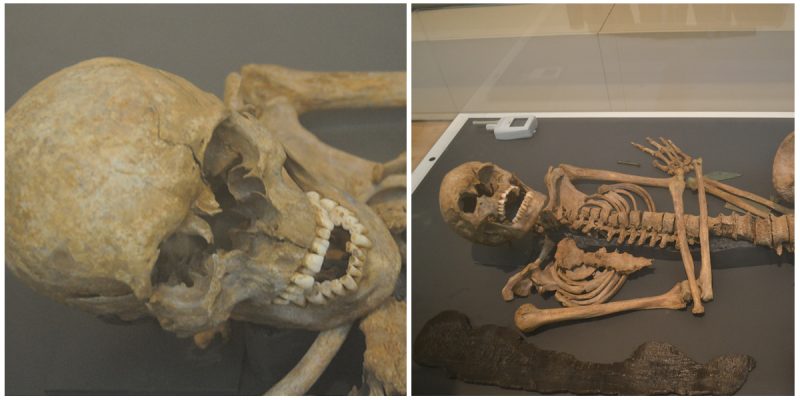The village Barnack is a civil parish which today is located in the Peterborough unitary authority in Cambridgeshire in England.
It dates back a long way, and like in most villages, there is a church in the center. It is an Anglo-Saxon church which was built in the early 7th century. The Barnack village is recorded for the first time in the 9th century in an Anglo-Saxon Chronicle, under the name of Beonica. It is best known for its industry with limestone and the early Bronze Age find-The Barnack burial.
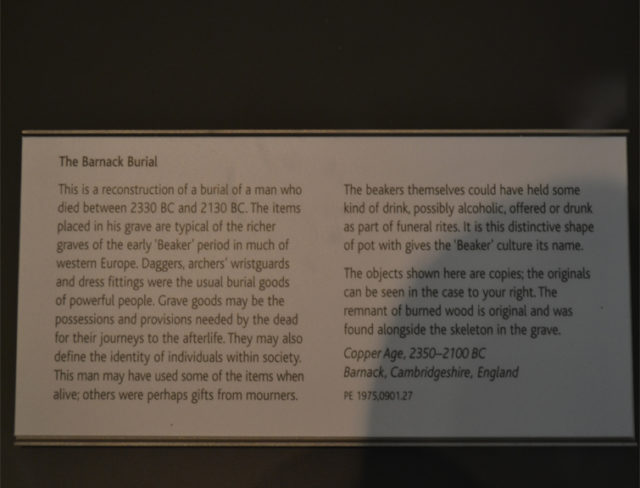
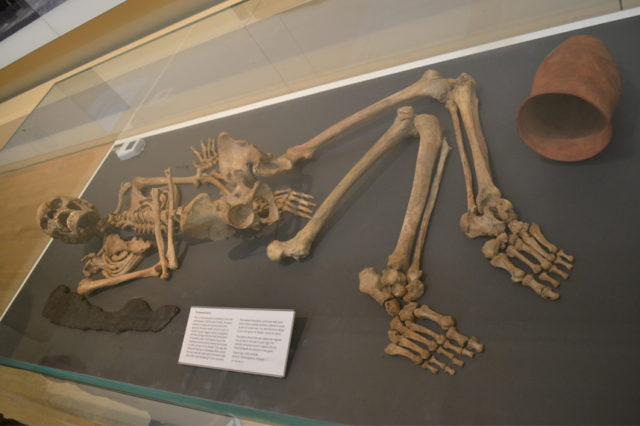
In the Neolithic period, immigrants came to Britain, and among other things, they brought their knowledge of metalwork. They changed many of the current beliefs and customs, such as the burial ceremonies which became more individualistic.
These traditions are known as Baker burials where for the first time the bodies were buried with personal belongings. The deceased were placed in round barrows or in small coffins, which were called cists. They were made of stone in shape of a box and were covered with rocks.
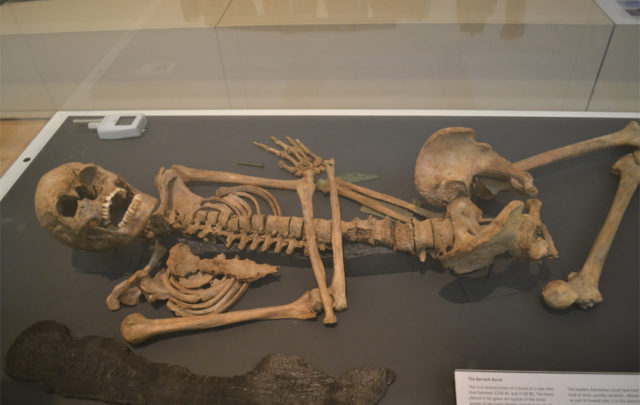
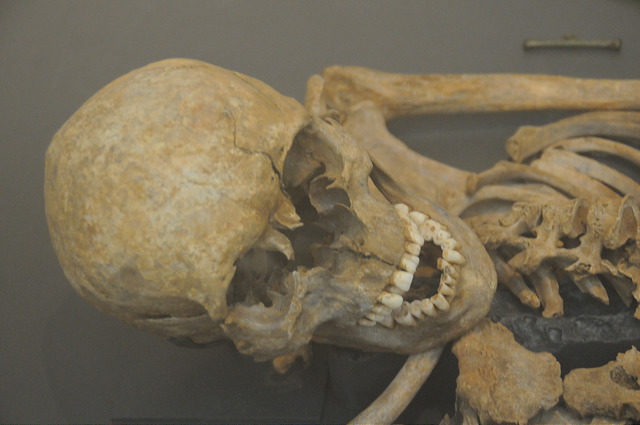
The Barnack burial is one of the most important finds of the early Bronze Age. The monument in which the original burial was placed was expanded at least three times through the centuries, and more bodies were added into the barrow. It was enlarged twice and it had a diameter of 160 feet. According to Wikipedia, the final monument contained at least 23 bodies. The primary burial was a man that died between 2330 and 2130 BC and at the time of death he was between 35 or 45 years.
He was very tall for the time he lived in, and marks on his body show that he was used to squatting. Historians suggest that maybe this was because of his work or is just the way he sat. The items that were found with him were typical for the early Becker burials. Archaeologists found a copper dagger, a large beaker pots and a length of oak charcoal beside him.
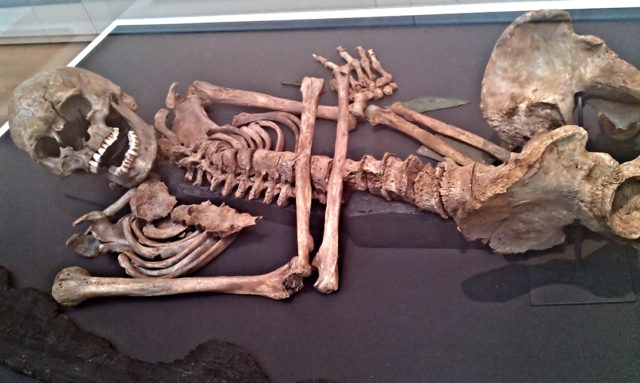
As part of the funeral ceremony, the pots were filled with alcoholic drink. The most prestigious item that was found was a stone wrist guard, with eighteen holes, each of them filled with a foil-thin disc of gold.
This wrist guard is the finest of the hundred wrist guards that have been found in England. After the excavation of the barrow in 1974, the original objects which were found were donated to the British Museum and today replicas can be seen in Peterborough Museum and Art Gallery.
